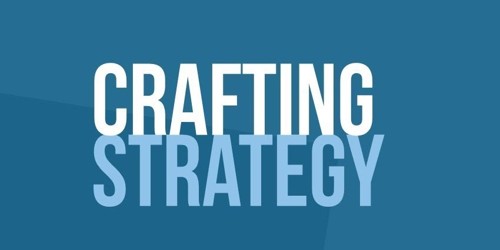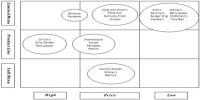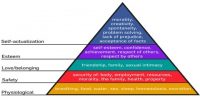Crafting a Strategy to achieve the desired outcomes. Strategy-making brings into play the critical managerial issue of how to achieve the targeted results in light of the organization’s situation and prospects.
Basic strategic planning is comprised of several components that build upon the previous piece of the plan and operates much like a flow chart.
- Environmental scanning:
This element of strategy formulation is one of the two continuous processes. Consistently scanning its surroundings serves the distinct purpose of allowing a company to survey a variety of constituents that affect its performance, and which are necessary in order to conduct subsequent pieces of the planning process. There are several specific areas that should be considered, including the overall environment, the specific industry itself, competition, and the internal environment of the firm.
- Values assessment:
All business decisions are fundamentally based on some set of values, whether they are personal or organizational values. The implication here is that since the strategic plan is to be used as a guide for daily decision making, the plan itself should be aligned with those personal and organizational values. To delve even further, a values assessment should include an in-depth analysis of several elements: personal values, organizational values, operating philosophy, organization culture, and stakeholders. This allows the planning team to take a macro look at the organization and how it functions as a whole.
- Vision and mission formulation:
This step of the planning process is critical in that is, serves as the foundation upon which the remainder of the plan is built. A vision is a statement that identifies where an organization wants to be at some point in the future. ft functions to provide a company with directionality, stress management, justification and quantification of resources, enhancement of professional growth, motivation, standards, and succession planning.
- Strategy design:
This section of strategy formulation involves the preliminary layout of the detailed paths by which the company plans to fulfill its mission and vision. This step involves four major elements: identification of the major lines of business (LOBs), the establishment of critical success indicators (CSIs), identification of strategic thrusts to pursue, and the determination of the necessary culture.
















